Description of Solar Woka Flavor in Yega Xuefei Coffee production area of Ethiopia introduction to YCFCU Cooperative
For professional baristas, please follow the coffee workshop (Wechat official account cafe_style)
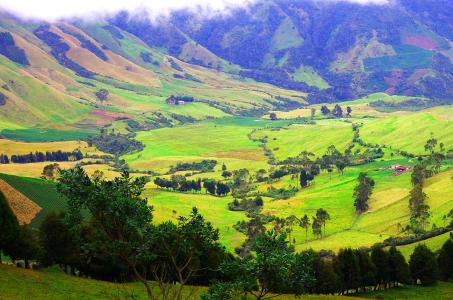
Ethiopia Yega Sheffivoka Cooperative Solar
Ethiopia Yirgacheffe Worka Cooperative Natural
Wild and intense strawberry red wine, the sun Yega's masterpiece
Woka Cooperative's Sun Yega Chuefei has always been a quality assurance, and it is also the star product of Counter Culture and Klatch Coffee, the third wave of boutique coffee makers in the United States. Coffee Review, a well-known boutique coffee evaluation website, has repeatedly given high scores of 91 to 94.
Yirga cheffe is a small town in Ethiopia, 1700-2100 meters above sea level. It is also synonymous with Ethiopian boutique coffee. Since ancient times, it has been a wetland. The ancient saying "Yega" yirga means "settle down", and "cheffe" means "wetland". Therefore, Yejia Xuefei means "let us settle down in this wetland".
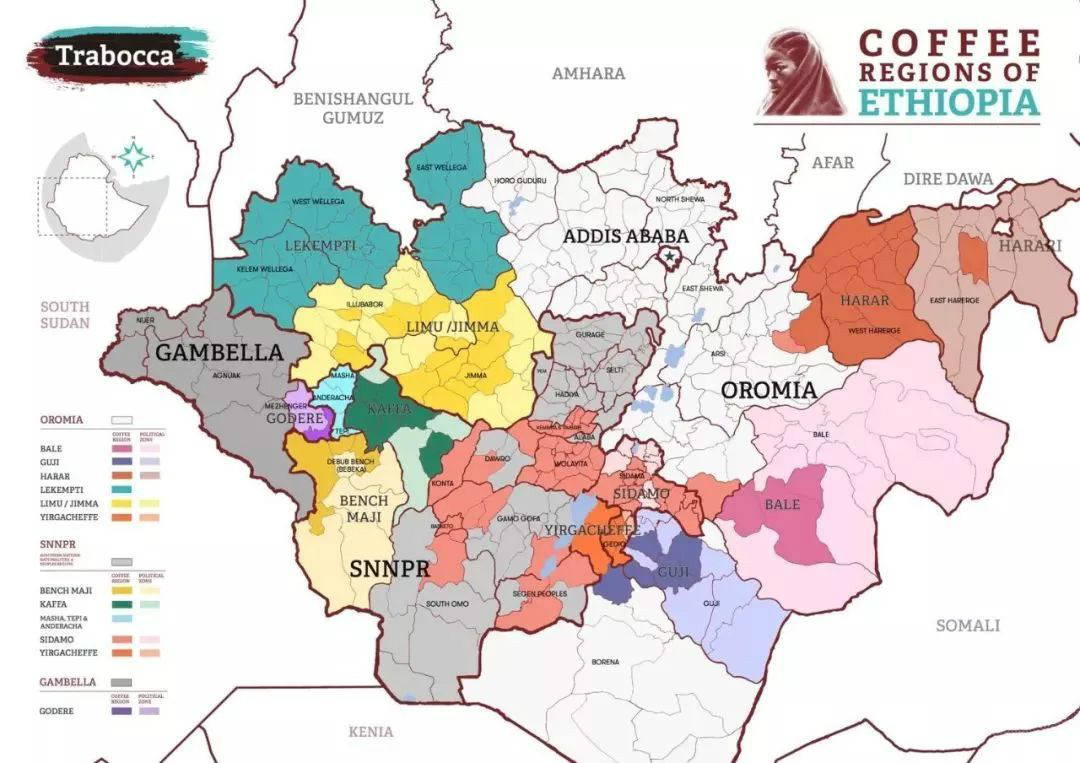
Yejia Xuefei (boutique producing area): 1800m above sea level; 2000m above sea level | Pastoral coffee system |
Yega Xuefei is affiliated to the Sidamo producing area, which is separated separately because of its unique flavor.
In addition to the small town of Yega Xuefei, it also includes three by-product areas around Wenago, Kochere, Gelena and Abaya.
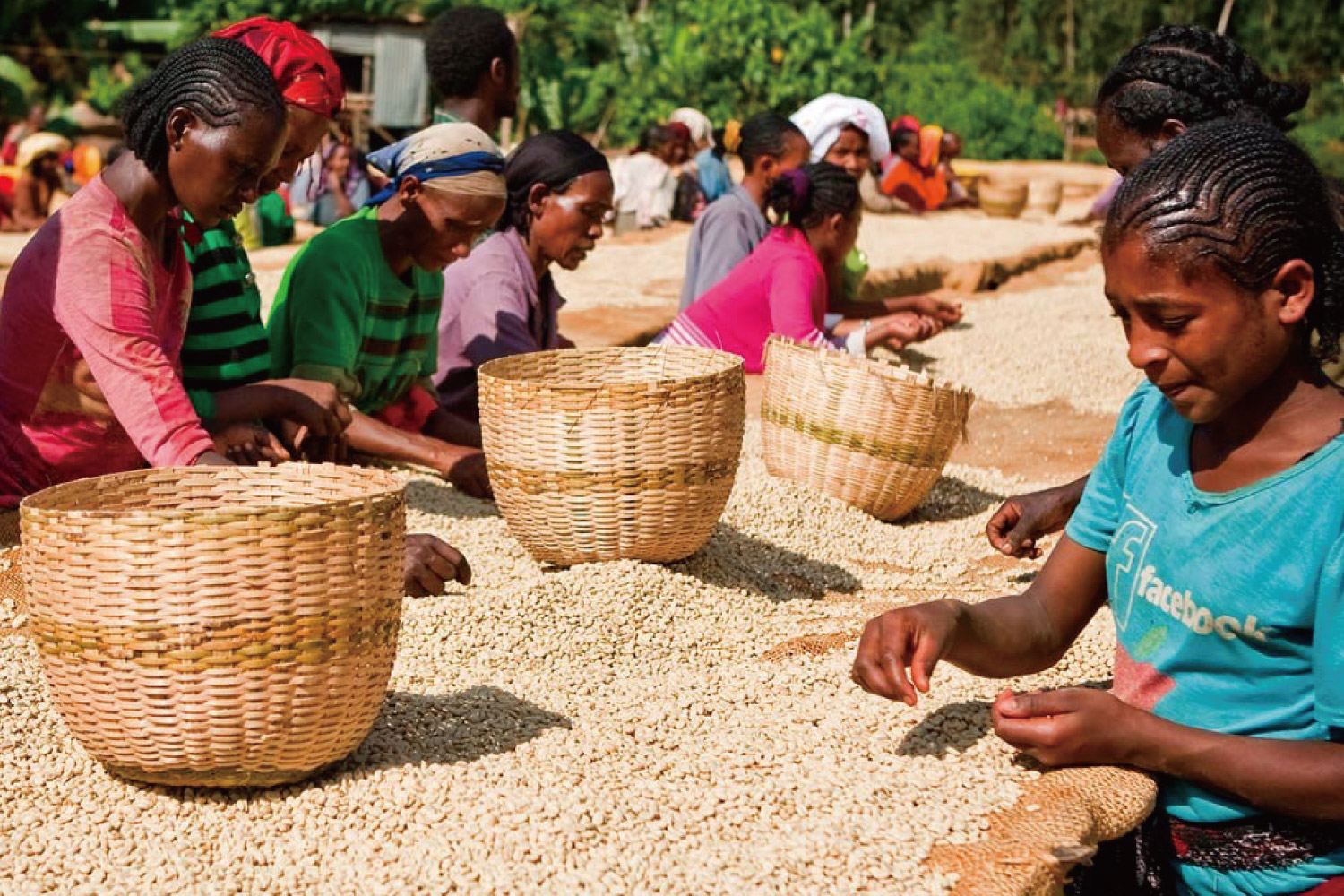
There are large and small villages, micro-producing areas, cooperatives and treatment stations under Yejashafi. In most parts of Ethiopia, coffee farmers are still living a very difficult life, and they do not have enough capacity to build family-style processing works. as a result, there will be many treatment stations that focus on buying coffee fruits from nearby small farmers, processing them, and then selling them to raw bean merchants.
Klatch Coffee, a well-known American company, won the Best Food Award (Good Food Award) in the food industry for this bean, and won the title of Best Coffee Shop of 2012 (2012 Best Coffeehouse) at the end of the year. The Waka Cooperative, which is part of the YCFCU Cooperative Alliance (Yirgacheffe Coffee Farmers Cooperative Union), was founded in 2005 and is located in a rather remote area of the Yegashafi producing area.
Strictly speaking, Yega Xuefei is a by-product area of Ethiopia's Sidamo Sidamo province, located northwest of Sidamo, with a mountain with a lake, is one of the highest coffee-producing areas in Ethiopia. Yejaschuffe itself is a small town of about 20, 000 people, and the three neighboring producing areas, Wenago, Kochere and Gelena Abaya, are also classified as Yejasuffe because they produce coffee with almost the same flavor as Yejasuffe. However, the mode of production and flavor here are so outstanding that Ethiopian coffee farmers compete to be proud of the flavor of their coffee, so they are independent from Sidamo and become the most famous producing area in Africa.
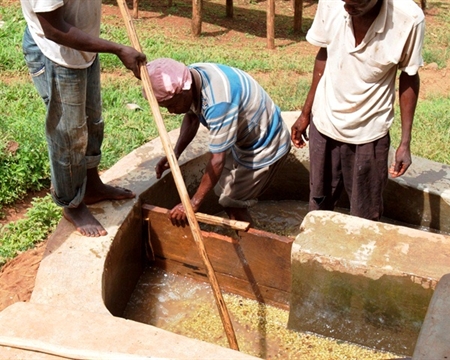
The cooperative, made up of 305 farmers with a planting area of 763 hectares, has obtained Fair Trade Organic Coffee (FTO) certification because it does not use any chemical fertilizers or pesticides in its coffee growing process. After the ripe cherries are picked, they are almost immediately put on the drying shed bed for sunlight, so that the sweetness of the flesh can be absorbed by beans. Sun treatment is especially suitable for areas where there is a lack of water, or in a very dry environment. In order to avoid excessive fermentation or even mildew, the fruit must be turned frequently on the drying bed to allow air to dry evenly, when the fruit is dried in the sun. Then sent to the dry processing plant (dry mill) to remove the dried pulp, the sun drying procedure is actually quite complicated, and it is easy to fail in the process, but good sun treatment can bring stronger sweetness, thicker taste and more detailed sour taste.
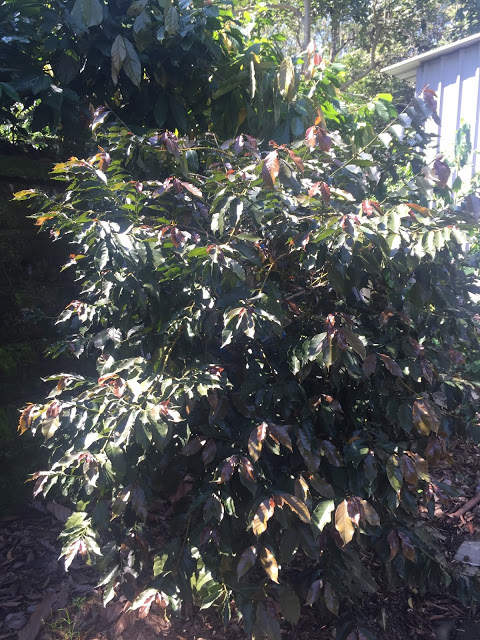
Palate description: medium acidity, full-bodied aromas of strawberry berries and tropical fruits, high sweetness and richness, chocolate-like finish, wine-like aromas, complex overall tonality.
36 aromas of coffee: blackcurrant, cream, potato, lemon and citrus, caramel
Woka Cooperative was founded in 2005 and joined the famous Yejia Coffee Farmers Cooperative Union (YCFCU,Yirgacheffe Coffee Farmers Cooperative Union) that year, which is famous for producing high quality sun Ye Jia Xuefei. The Waka Cooperative has about 300 coffee farmers. YCFCU was founded in 2002 and includes 26 other cooperatives serving more than 45000 coffee farmers.
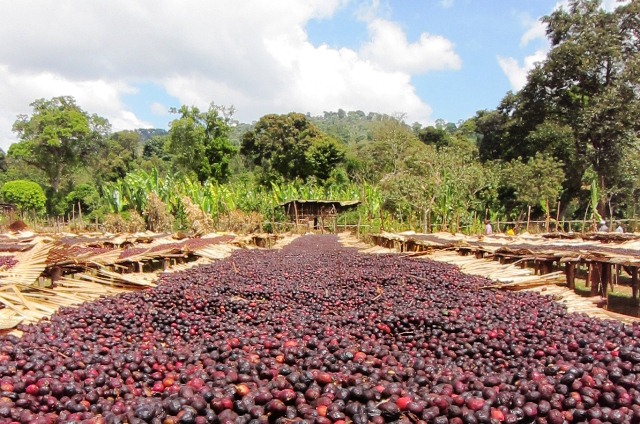
Woka is located in the southeastern Jietipu producing area (Gedeb) of Yejia Sheffield. In the early years, the area used the name of Waka to export locally produced coffee beans, or handed over to the Waka Cooperative for processing. But in the past two or three years, independent and single sources have been excavated by coffee hunters all over the world, such as Banko Gotiti, Banko Dadhato, Halo Bariti, and so on. Guodingding Village is the first village area that was independent a few years ago, and many self-employed small farmers were also members of the Waka Cooperative, so the technology of producing coffee is not to mention.
Woka Cooperative, located in the south of Gedeb District, was founded in 2005, and joined the famous Yejia Coffee Farmers Cooperative Union (YCFCU,Yirgacheffe Coffee Farmers Cooperative Union) that year, which is famous for producing high quality sun Ye Jia Coffee Farmer. The Waka Cooperative has about 300 coffee farmers. YCFCU was founded in 2002 and includes 26 other cooperatives serving more than 45000 coffee farmers.
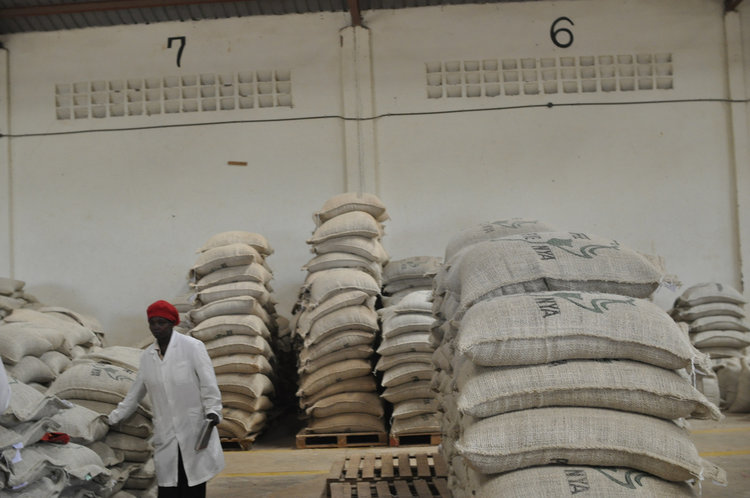
Heirlooms (native species) is the unique name of Ethiopia. Its varieties include Ironka, Mocha, Bourbon and so on. Kaffa is the cradle of Arabica coffee. Adding up to only a few hundred varieties (congenital or derived) from countries around the world, there are tens of thousands of species in this treasure house, most of which are still unclassified. Heirlooms (original species) is the unique name of Ethiopia (Ethiopia). It seems to tell the world that its varieties are all-inclusive and only need to be summarized in one word. Raw beans are turquoise and uniform in size.
Coffee beans in Africa are classified according to the proportion of defective beans. Indonesian beans are mainly divided into six grades, namely G1~G6. The highest grades of washed beans are G1 and G2, and those of sun-dried beans are G1 and G3.
What does that mean? As follows:
Washing: Grade-1;Grade-2 (G1 > G2)
Sun: Grade-1 and Grade-3~Grade-5 (G1 > G3 > G4 > G5)
A few points to pay attention to:
A) Gr-1 is available both in washing and in the sun, provided that there is a "zero" defect and Premium Cup. Whether it's washing or tanning, Gr-1 rates the boutique of the boutique or Cup of Excellence coffee.
B) the lowest level of sun-tanned Shifei and Sidamo is Gr-4.
C) beans of the same level, such as Lim Gr-2, have both good and bad, depending on the sorting level and input of the exporter.
D) to meet the requirements of existing "zero" defects, Gr-1 beans (including those washed in water or in the sun) are extremely rare because of the high cost of processing and very few suppliers will do them.
Segmented extraction method of three-stage water injection
The layers are richer, and the flavor of the front, middle and back of the coffee can be clearly defined. The practice is to increase the amount of water each time after steaming, usually when the coffee liquid is about to drop to the surface of the powder layer, and use small, medium and large water flow to do three-stage extraction:
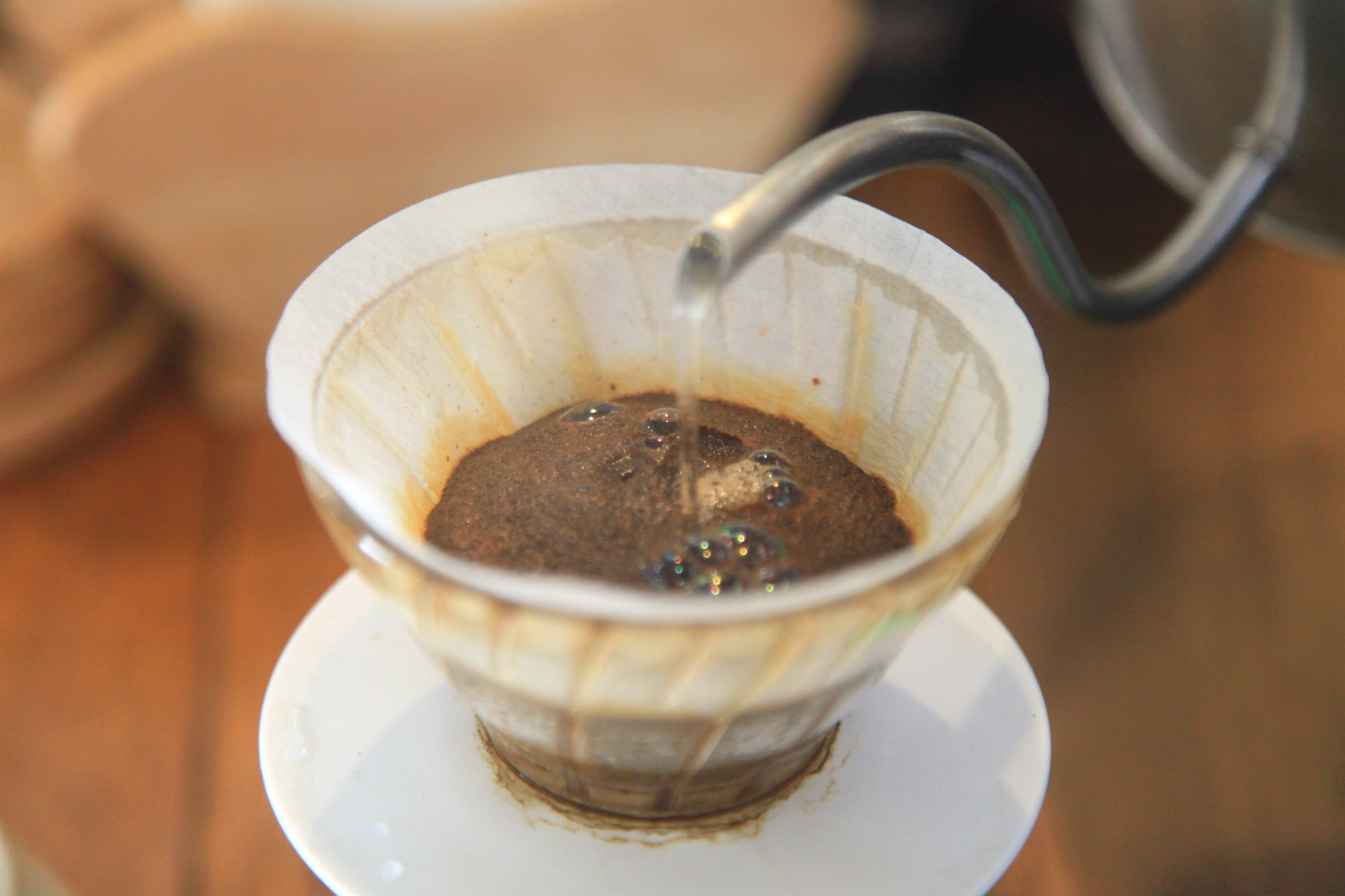
Recommended cooking methods: siphon, hand flushing
Degree of grinding: 3.5 (Japanese little Fuji R440)
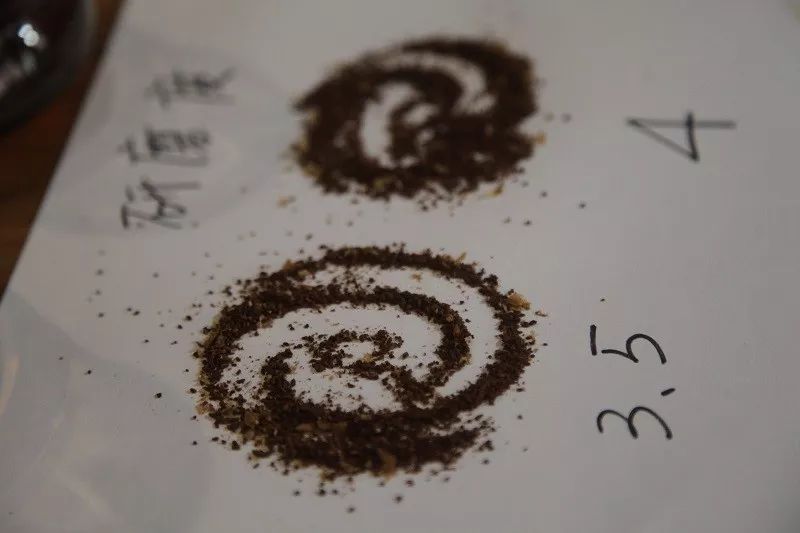
V60 filter cup, 15g powder, water temperature 90 degrees, grinding 3.5.The ratio of water to powder is close to 1:15
Steaming in 30 grams of water for 30 seconds
Section: water injection to 120g cut off, slow water injection to 225g
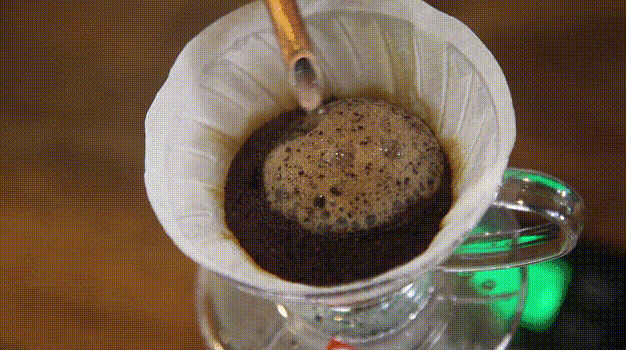
That is, 30-120-225
Other suggestions for trickling extraction:
Normal pressure, recommended 3.5-4 degree of grinding / water temperature 86-88 °C
Philharmonic pressure, recommended 2.5 grinding degree, water temperature 86-88 °C
Ethiopia Yega Cephalophene washing Yega native species Waka WorkaG1 single boutique coffee beans
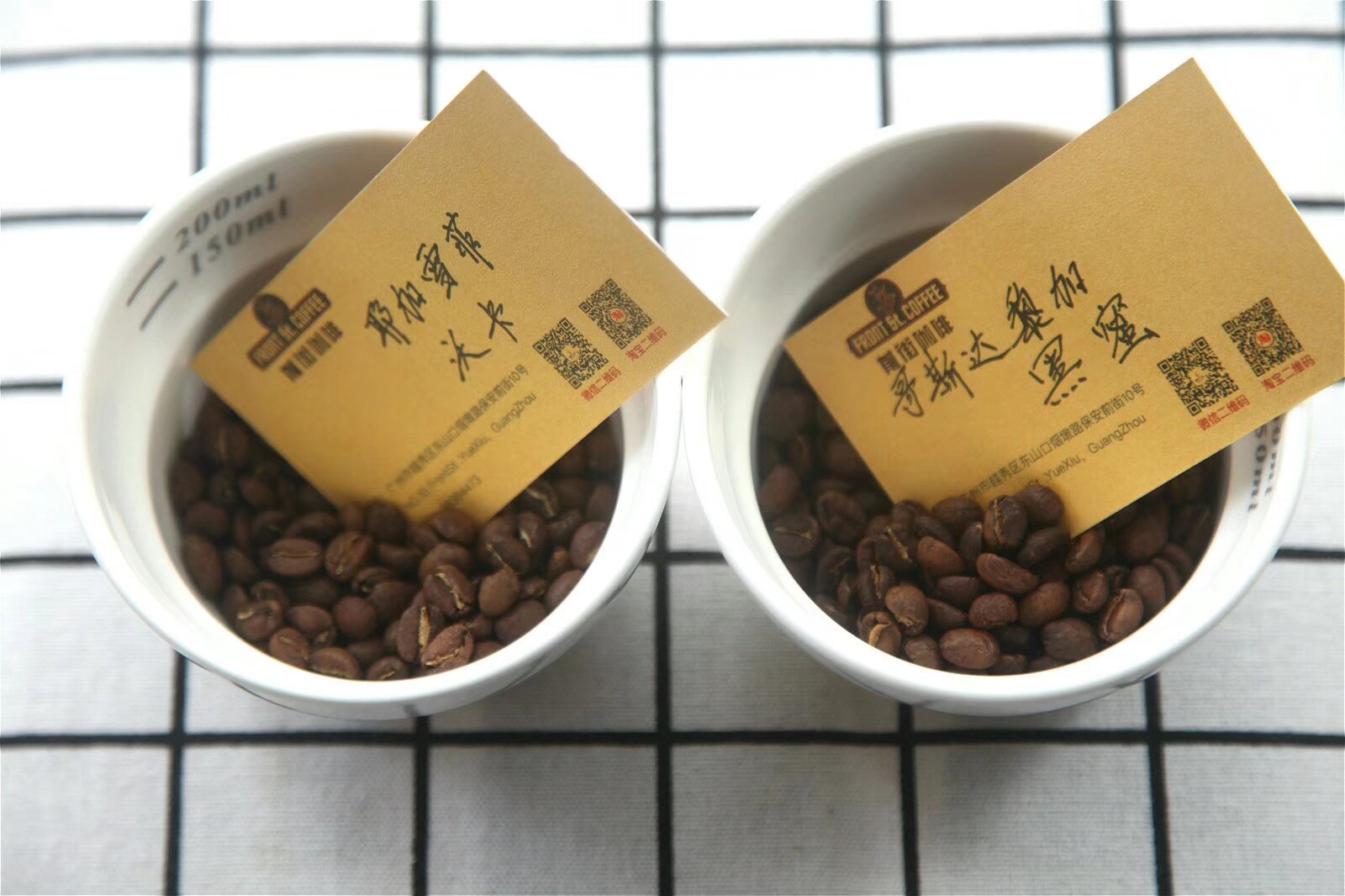
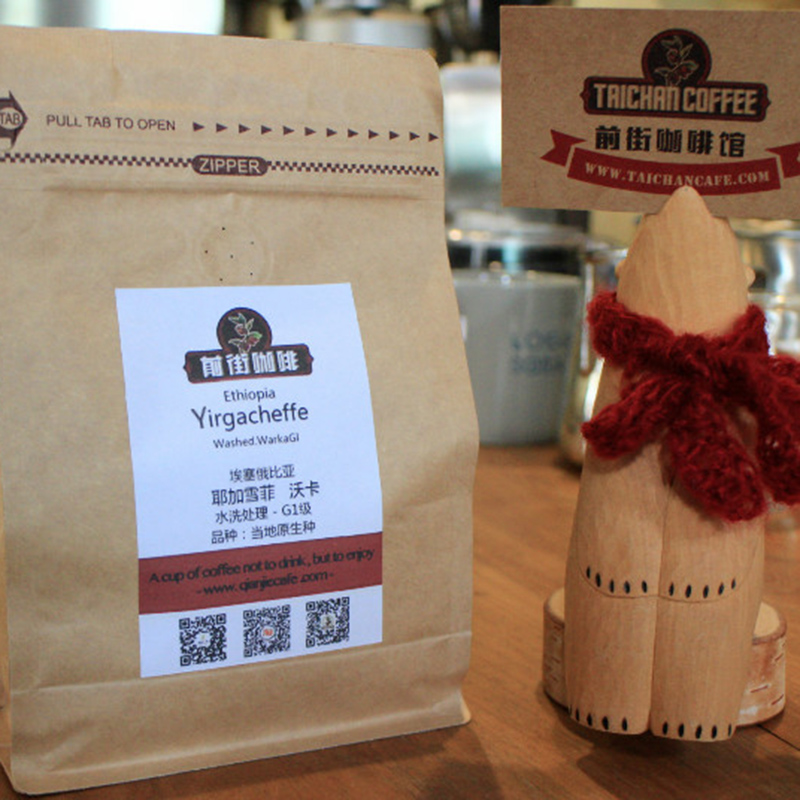
Purchase link: https://item.taobao.com/item.htm?spm=a1z10.3-c-s.w4002-15673140470.14.35a61b507PBryO&id=532914414923
Important Notice :
前街咖啡 FrontStreet Coffee has moved to new addredd:
FrontStreet Coffee Address: 315,Donghua East Road,GuangZhou
Tel:020 38364473
- Prev
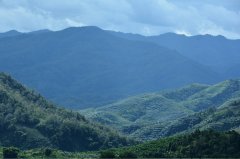
Ethiopian Water washing Cochel Coffee introduction "Lao Teng" Coffee Flavor description
For the exchange of professional baristas, please follow the coffee workshop (Wechat official account cafe_style) Ethiopia-Yega Sheffield _ Cochell Shepherd Coffee beans Ethiopia Yirgacheffe Kochere G1 Sheepherder selected batch! The flowers are full of fragrance and sweetness. Kochel is a very high-quality coffee in the Yegashefi region of southern Ethiopia. Due to the high altitude
- Next
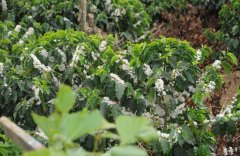
Ethiopia Sidamo Coffee Region Hill Ameli Processing Plant Sun-cured Coffee Beans Taste Description
Professional barista communication Please pay attention to coffee workshop (Weixin Official Accounts cafe_style ) Ethiopia Sidamo Chire Ameli processing plant G1 Sun-dried coffee beans Ethiopia Sidamo Chire Ameli G1 Natural 2014 World Cup brewing contest runner-up favorite coffee Sidamo Guji production area, along the southern part of Ethiopia
Related
- Detailed explanation of Jadeite planting Land in Panamanian Jadeite Manor introduction to the grading system of Jadeite competitive bidding, Red bid, Green bid and Rose Summer
- Story of Coffee planting in Brenka region of Costa Rica Stonehenge Manor anaerobic heavy honey treatment of flavor mouth
- What's on the barrel of Blue Mountain Coffee beans?
- Can American coffee also pull flowers? How to use hot American style to pull out a good-looking pattern?
- Can you make a cold extract with coffee beans? What is the right proportion for cold-extracted coffee formula?
- Indonesian PWN Gold Mandrine Coffee Origin Features Flavor How to Chong? Mandolin coffee is American.
- A brief introduction to the flavor characteristics of Brazilian yellow bourbon coffee beans
- What is the effect of different water quality on the flavor of cold-extracted coffee? What kind of water is best for brewing coffee?
- Why do you think of Rose Summer whenever you mention Panamanian coffee?
- Introduction to the characteristics of authentic blue mountain coffee bean producing areas? What is the CIB Coffee Authority in Jamaica?

